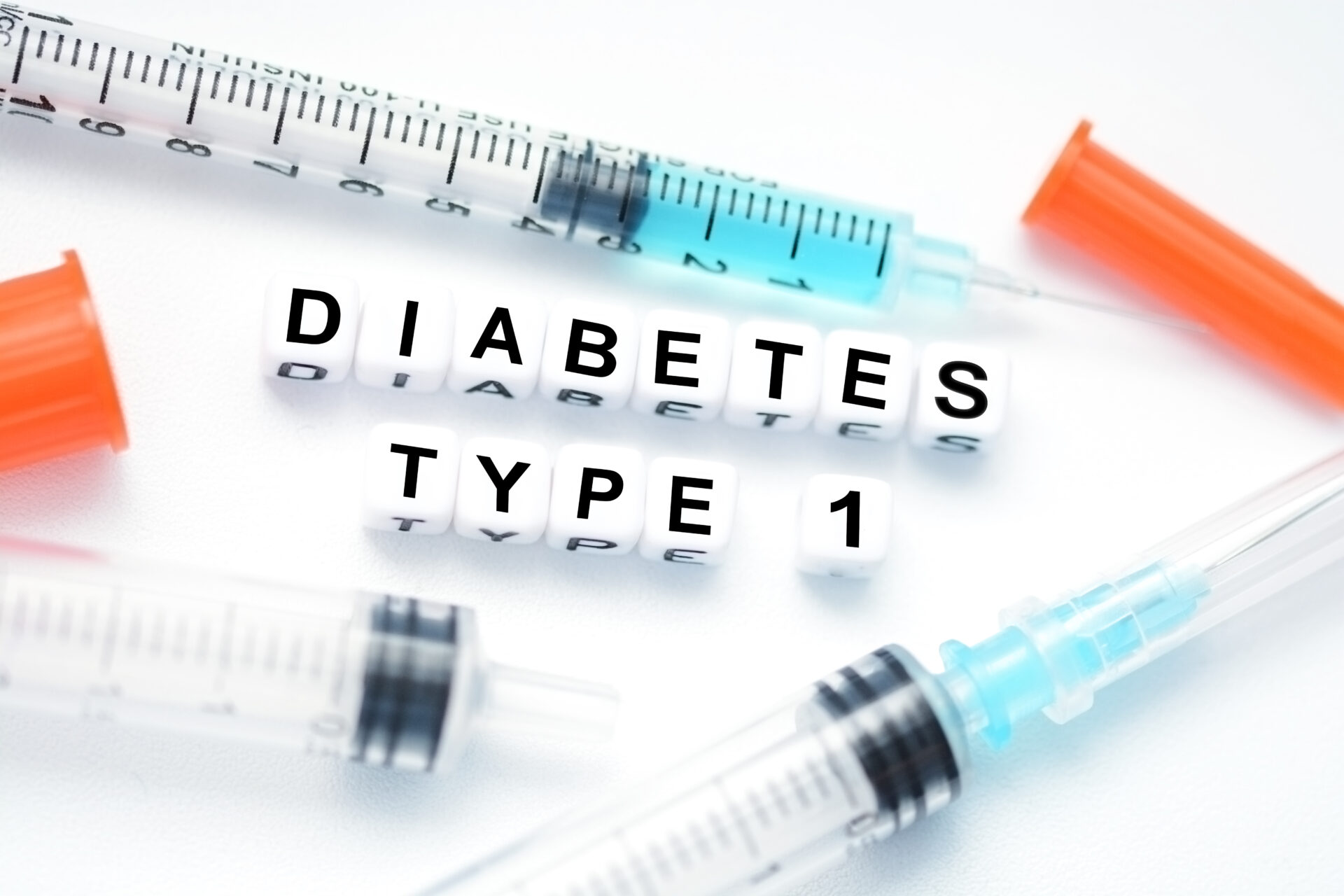Proteins predict significant step toward development of Type 1 diabetes
Scientists have taken an important step forward in predicting who will develop Type 1 diabetes months before symptoms appear.
In a paper published online on June 29 in Cell Reports Medicine, researchers at the U.S. Department of Energy’s Pacific Northwest National Laboratory and their colleagues identify a set of altered proteins that predict a condition known as islet autoimmunity, a precursor for everyone who will ultimately develop Type 1 diabetes.
The scientists caution that the work marks a beginning, not the end, of a search for a way to predict who will develop the disease. More work needs to be done to verify the results and test whether the findings apply to everyone, not just the children who were in the study and were genetically predisposed to developing the disease.
A biomarker that detects pending autoimmunity would help physicians monitor a patient’s condition, perhaps to detect worsening health and to prompt faster medical care even before symptoms appear.
The results are the culmination of a nine-year study led by PNNL scientist Thomas Metz that looked at hundreds of proteins in more than 8,000 blood samples from nearly 1,000 children at six study sites in North America and Europe.
TEDDY study
The children have been participants in a larger umbrella study known as TEDDY – The Environmental Determinants of Diabetes in the Young https://teddy.epi.usf.edu/. TEDDY includes children who, because of their genetic makeup, are more likely than others to develop Type 1 diabetes. The study, nearing its 20th year, seeks to understand why some children develop the disease while others don’t.
In the latest study, PNNL scientists analyzed blood plasma samples of nearly 1,000 children from their birth up to the age of 6. Researchers identified a set of 83 proteins whose combination of changes predicted which children went on to develop either islet autoimmunity or Type 1 diabetes.
Currently, there is no way to know if or when either islet autoimmunity or diabetes will occur in people who are genetically predisposed. Doctors do know that when a patient develops at least two islet autoantibodies, they have islet autoimmunity and will develop diabetes – but they don’t know what triggers autoimmunity or when diabetes will manifest.
Opening the door to detecting autoimmunity
“What’s exciting about this work is that it opens the door to detecting autoimmunity earlier than we can right now,” said Metz. “This gives us an opportunity to learn more about what causes the immune system to turn on the body. This could help us tease out and understand the mechanisms at play in the development of diabetes better than we do currently and provide potential targets for intervention.”
The findings are the result of tens of thousands of hours of work by PNNL scientists and colleagues around the globe. At PNNL, scientists spent more than 16,000 hours just running the samples through mass spectrometers to check the levels of hundreds of proteins in each of about 8,000 blood samples. Then there were countless hours planning the study, recruiting participants, monitoring their health and analyzing the data.
PNNL data analyst Lisa Bramer created a machine learning algorithm that analyzed the vast amount of data – information on hundreds of proteins from nearly 1,000 children, with multiple blood samples from each taken from their birth until they were 6 years old.
The scientists did the study in two phases. In the discovery phase, the team studied 2,252 blood samples from 184 children. There the team identified 376 proteins that were altered in patients who later developed islet autoimmunity or Type 1 diabetes. Then the team performed a more in-depth validation study, looking at 6,426 blood samples from 990 children.
The 83 blood proteins the team pinpointed in the validation study are key to several important processes in the body, including antigen presentation, complement and blood clotting, inflammatory signalling and metabolism. The list of proteins matches up well with the proteins that the team knows are active in the pancreas of patients who have diabetes. The team identified those proteins previously in work conducted through the Human Islet Research Network https://hirnetwork.org/.
The PNNL team hopes to continue the study by analyzing additional blood samples that have already been collected from the same children when they were older. Those blood samples were collected through TEDDY until the children turned 15.
“At this stage, we’re trying to understand how we might be able to predict diabetes. Ultimately, the goal is to prevent critical insulin-producing cells from dying and to prevent diabetes altogether,” said Ernesto Nakayasu, the first author.
Scientists from the U.S. National Institutes of Health, the University of Colorado, the University of Turku in Finland, Technical University of Munich, Lund University and Pacific Northwest Diabetes Research Institute also contributed.
Watch:
Thomas Metz discusses the use of integrative omics to study human health and disease. https://youtu.be/xU0wroa1lA0





